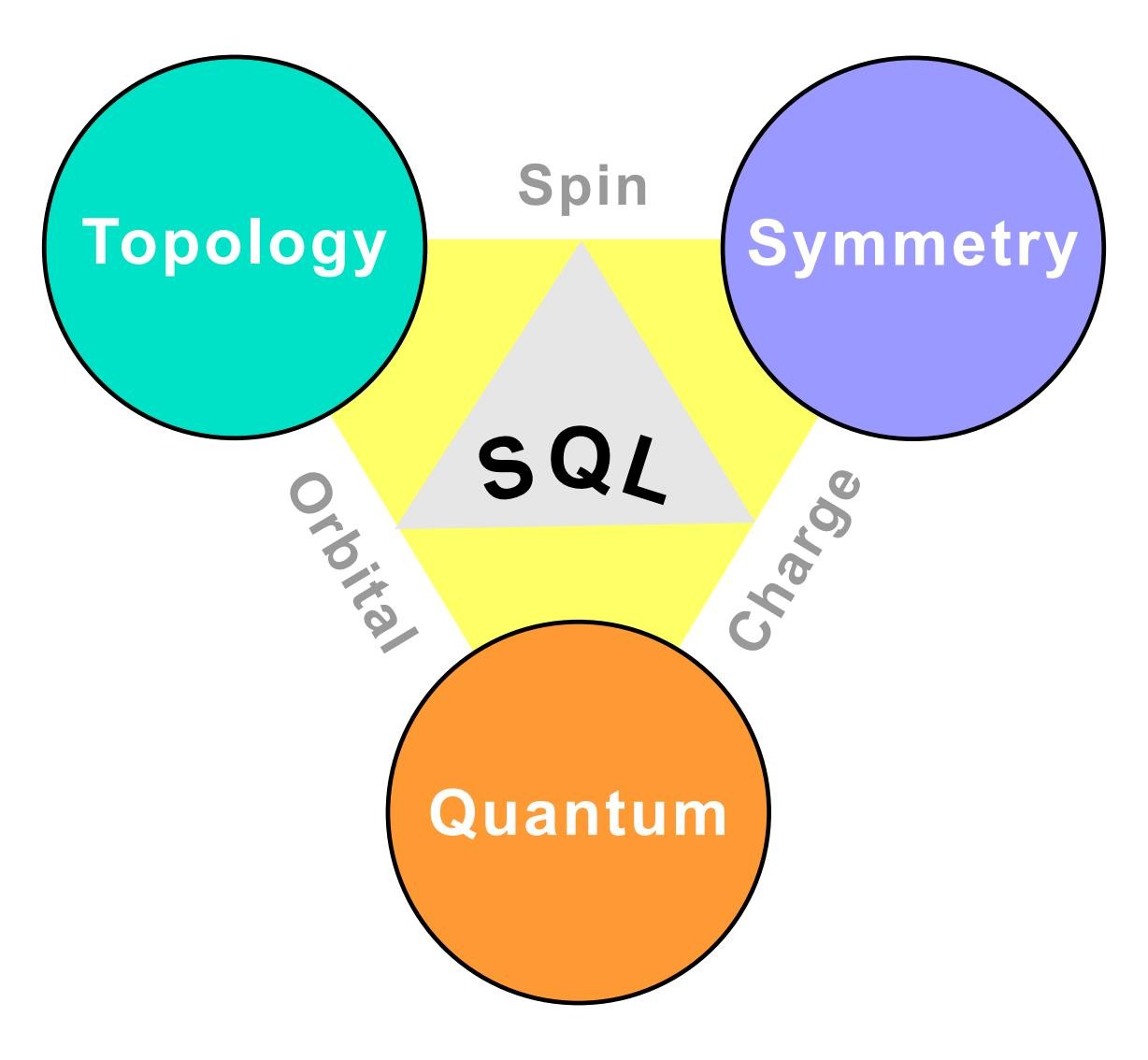In-plane charged domain walls with memristive behaviour in a ferroelectric film
ABSTRACT:
Domain-wall nanoelectronics is considered to be a new paradigm for non-volatile memory and logic technologies in which domain walls, rather than domains, serve as an active element. Especially interesting are charged domain walls in ferroelectric structures, which have subnanometre thicknesses and exhibit non-trivial electronic and transport properties that are useful for various nanoelectronics applications1–3. The ability to deterministically create and manipulate charged domain walls is essential to realize their functional properties in electronic devices. Here we report a strategy for the controllable creation and manipulation of in-plane charged domain walls in BiFeO3 ferroelectric flms a few nanometres thick. By using an in situ biasing technique within a scanning transmission electron microscope, an unconventional layer-by-layer switching mechanism is detected in which ferroelectric domain growth occurs in the direction parallel to an applied electric field. Based on atomically resolved electron energy-loss spectroscopy, in situ charge mapping by in-line electron holography and theoretical calculations, we show that oxygen vacancies accumulating at the charged domain walls are responsible for the domain-wall stability and motion. Voltage control of the in-plane domain-wall position within a BiFeO3 film gives rise to multiple non-volatile resistance states, thus demonstrating the key functional property of being a memristor a few unit cells thick. These results promote a better understanding of ferroelectric switching behaviour and provide a new strategy for creating unit-cell-scale devices.
1. 面外---面内铁电畴壁对比

2. Layer-by-Layer 翻转和量子化多级电阻

https://www.nature.com/articles/s41586-022-05503-5
